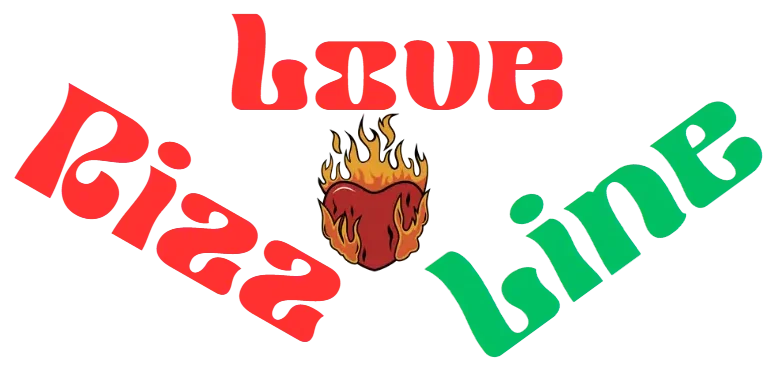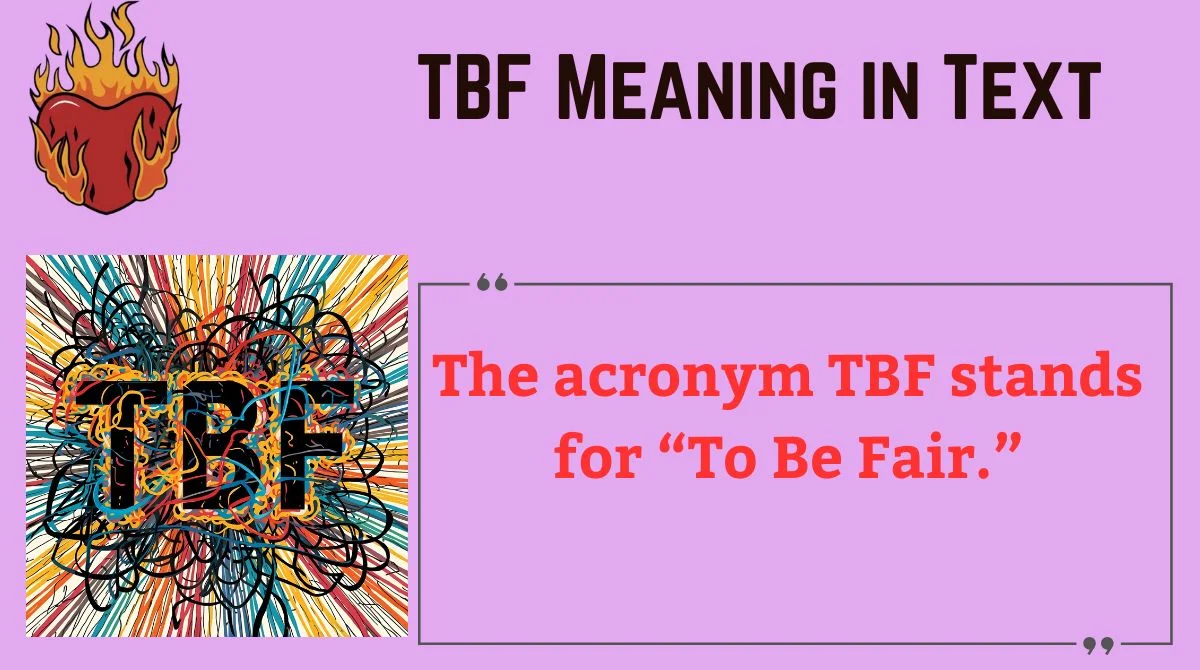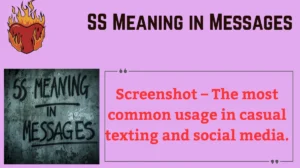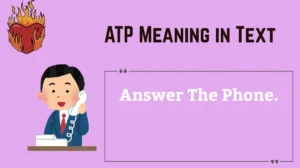In the fast-paced world of digital communication, acronyms shape how people talk, flirt, debate, and even argue online. One of those acronyms that quietly slips into everyday chats is “TBF.”
You’ve probably seen it in messages or comment threads and wondered what it actually means.
This guide breaks down TBF meaning in text, explains its usage, history, and subtle nuances, and gives you practical ways to respond like a pro. By the end, you’ll not only understand what it means but also know when—and when not—to use it.
What Does TBF Mean in Text?
The acronym TBF stands for “To Be Fair.”
It’s used to introduce a balanced point of view, soften criticism, or acknowledge a valid perspective. In short, it adds nuance to a statement that might otherwise sound blunt.
✅ Examples:
- “TBF, she did warn him before.”
- “TBF, it’s not entirely his fault.”
- “TBF, that was a pretty good game.”
People often use TBF at the beginning of a sentence, but it can appear mid-sentence or at the end to add context. The tone can range from diplomatic to sarcastic depending on punctuation and delivery.
Quick Tip: “TBF” is often used to balance a previous statement rather than to replace an opinion.
Origin & Evolution of TBF
The term “to be fair” existed long before texting became mainstream. It entered casual speech centuries ago as a way to express fairness or objectivity.
When online chat rooms and forums gained popularity in the late 1990s and early 2000s, users started abbreviating common phrases. “TBF” emerged naturally alongside other acronyms like “TBH” (to be honest) and “IMO” (in my opinion).
📜 Timeline Snapshot:
| Year | Event | Note |
|---|---|---|
| Late 1990s | IRC and early forums | Informal acronyms like TBF gained traction |
| 2000–2010 | Texting & IM boom | Widely adopted among teens and young adults |
| 2015–Present | Social media era | Used across Instagram, X (Twitter), TikTok & messaging apps |
Today, TBF is recognized globally as a standard internet acronym, especially in English-speaking countries.
How TBF Is Used in Different Contexts
“TBF” isn’t limited to one type of conversation. The way it’s understood can shift dramatically depending on where and how it’s used.
Casual Texting
- Friends often use TBF to add fairness or soften a jab.
- It can also express a diplomatic point without sounding too serious.
👉 Example: “TBF, you’re not wrong. I’d probably do the same.”
Online Communities & Gaming Chats
- Gamers use it to balance heated arguments or justify a point.
- It can also signal respect for the opponent’s perspective.
👉 Example: “TBF, that was a smart move from their team.”
Professional Communication
- Rare in formal emails, but may appear in Slack or informal work chats.
- Usually signals honesty without hostility.
👉 Example: “TBF, the client gave us clear instructions.”
Common Misinterpretations & Clarifications
“TBF” is simple but context-sensitive. Misunderstandings happen when tone isn’t clear or punctuation changes its meaning.
| Misuse | How It Can Be Misread | Better Version |
|---|---|---|
| “TBF it was bad.” | Sounds harsh or passive-aggressive | “TBF, it wasn’t their best work, but they tried.” |
| “tbf that was fine” | No punctuation, tone unclear | “TBF, that was fine.” (More neutral) |
| “TBF!!!” | Aggressive or sarcastic | “TBF…” (softens delivery) |
💬 Tip: Acronyms like TBF rely on punctuation and context to set tone. Adding commas or ellipses can shift the vibe entirely.
Similar Acronyms & Practical Alternatives
Sometimes “TBF” isn’t the best fit. Here are similar expressions and when to use each:
| Acronym | Meaning | When to Use | Example |
|---|---|---|---|
| TBH | To Be Honest | When stating an opinion directly | “TBH, I didn’t love the ending.” |
| IMO | In My Opinion | To soften a personal viewpoint | “IMO, that was the best track.” |
| IMHO | In My Humble Opinion | To sound humble or modest | “IMHO, this version is better.” |
| FR | For Real | To emphasize sincerity | “FR, that was amazing.” |
Rule of Thumb: Use TBF to add fairness. Use TBH to add honesty. Use IMO/IMHO to signal subjectivity.
How to Respond When Someone Uses TBF
Understanding how to reply to “TBF” is as important as understanding its meaning.
- Acknowledge the fairness:
“Yeah, you’re right. That’s fair.” - Add your perspective:
“TBF, I agree with that part, but there’s more to it.” - Keep it neutral:
“Good point. I didn’t think of it that way.” - Mirror the tone:
If they use “TBF” casually, mirror that casual tone back. If their tone seems serious, respond more thoughtfully.
🎯 Pro Tip: Matching tone prevents miscommunication and makes your response sound more natural.
Regional, Cultural & Generational Variations
The meaning of TBF is generally consistent, but how people perceive and use it can vary.
United States
- Common among teens and young adults.
- Often casual, sometimes sarcastic depending on tone.
United Kingdom
- Used frequently in conversations, especially informal debates.
- Tends to sound more balanced than blunt.
Other Regions
- Less common in non-English-speaking countries but still understood among English-speaking youth online.
- May be mistaken for other abbreviations in local languages.
Generational Differences
- Gen Z: Uses TBF more casually and creatively, sometimes dropping punctuation altogether.
- Millennials: More likely to punctuate and use it to balance arguments.
- Older generations: Less familiar, may misread the tone.
TBF in Dating Apps, Forums & Social Media
“TBF” shows up frequently on dating apps, in comment threads, and casual online spaces. But its tone can change fast.
Dating Apps
- Can soften a critique or express honesty without sounding rude.
👉 “TBF, your bio made me laugh.”
Online Forums
- Often used to balance intense debates.
👉 “TBF, the devs did warn us about this bug.”
Social Media
- Used for emphasis or to counter popular opinions.
👉 “TBF, not everyone needs to follow that trend.”
🧠 Case Study:
A Reddit thread on a controversial topic had two comments:
- “That’s ridiculous.”
- “TBF, that rule was made for a reason.”
The second comment de-escalated the tension by adding nuance and opening a path for discussion.
Potentially Hidden or Offensive Connotations
While “TBF” itself isn’t offensive, tone can make it sound dismissive or sarcastic if not used carefully.
For example:
- “TBF, you’re just overreacting.” → can come off as passive-aggressive.
- “TBF, that’s kind of true though.” → softer, more diplomatic.
👉 Context and punctuation determine whether the message feels fair or disrespectful.
Reminder: Acronyms aren’t neutral. The way they’re delivered affects how people read them.
Suitability of TBF in Professional Communication
Using “TBF” in the workplace can be risky if the tone isn’t crystal clear.
When It’s Okay
- Informal Slack chats or team discussions.
- Internal messages where everyone understands the acronym.
When to Avoid
- Client emails, formal reports, or presentations.
- Cross-cultural communication where acronyms may confuse.
✅ Better Alternatives in Work Settings:
- “To be fair” (written in full)
- “That’s a valid point.”
- “You make a fair argument.”
Real Examples: TBF in Action
Let’s look at how tone and placement affect interpretation.
| Message | Tone | Interpretation |
|---|---|---|
| “TBF, I didn’t expect that to work.” | Neutral | Acknowledges surprise or fairness |
| “TBF that wasn’t great.” | Blunt | May sound critical |
| “TBF… not his fault entirely.” | Softened | Diplomatic |
| “TBF!!! That was insane.” | Exclamatory | Excited or sarcastic depending on context |
🧠 Mini Breakdown:
Punctuation—especially commas, ellipses, or exclamation marks—completely changes how “TBF” feels.
TBF Cheat Sheet
Here’s a quick reference for whenever you stumble across or plan to use TBF.
| Feature | Details |
|---|---|
| Acronym | TBF |
| Full Form | To Be Fair |
| Tone | Neutral, diplomatic, sometimes sarcastic |
| Usage | Informal text, online chats, forums, gaming, dating apps |
| Avoid in | Formal business emails or serious professional contexts |
| Similar Terms | TBH, IMO, IMHO |
| Best Paired With | Commas or ellipses for softer tone |
| Tip | Use carefully when tone could be misread |
FAQs About TBF Meaning in Text
What does TBF mean in texting?
TBF stands for “To Be Fair.” It’s used to introduce a balanced or diplomatic point in conversation.
Is TBF rude or sarcastic?
No, but tone can make it sound sarcastic. Punctuation and context determine how it’s perceived.
Can I use TBF in work emails?
It’s best avoided in formal emails. Instead, write “to be fair” in full or use a neutral phrase like “that’s a fair point.”
What’s the difference between TBF and TBH?
TBF softens statements or acknowledges fairness. TBH adds direct honesty or opinion.
Is TBF popular among younger people?
Yes. It’s commonly used by Gen Z and Millennials in casual online spaces.
Final Thoughts: Navigating Acronyms Like TBF Confidently
Mastering acronyms like TBF isn’t just about memorizing their meaning. It’s about understanding tone, timing, and audience.
Used well, TBF can smooth rough edges in a conversation, acknowledge multiple viewpoints, and make digital communication feel more natural. Used carelessly, it can sound dismissive or sarcastic.
When in doubt, lean on clear punctuation, mirror the tone of the person you’re talking to, and consider the context. That’s what separates a clumsy texter from a skilled communicator.
“Language is power. Even small words—or acronyms—shape how we connect.”

Mark Peter is the creative mind behind RizzleLineLove.com, your go-to hub for witty, flirty, and downright hilarious pick-up lines. With a passion for blending humor and charm, Mark crafts content that sparks conversations, breaks the ice, and adds a playful twist to everyday moments.
Whether you’re looking to impress your crush, make your friends laugh, or spice up your social media captions, his work is all about helping you connect — one clever line at a time.



